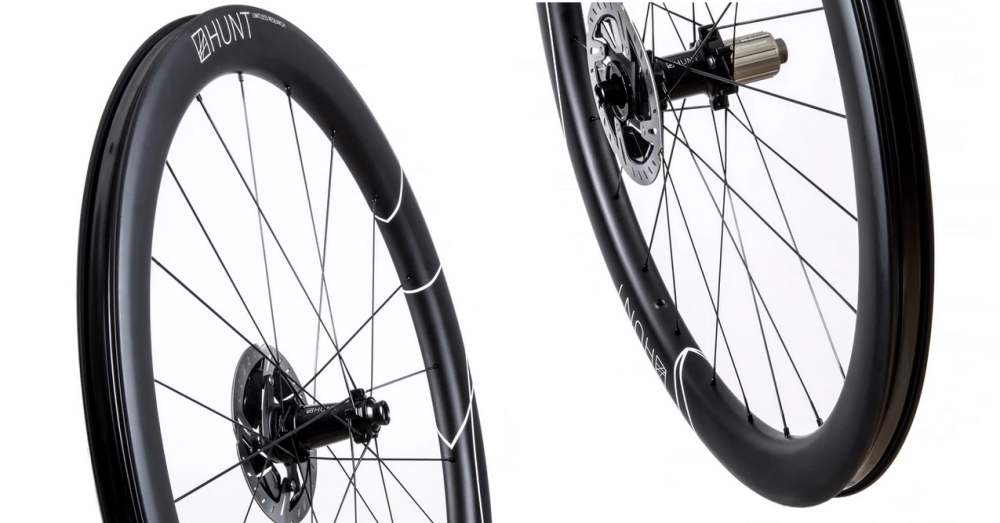Accepting that I’m not an expert in aerodynamics, it’s quite possible that I’m wrong here (please be gentle, aerodynamic experts). That said, based on my lay understanding of wheel aerodynamics, I cannot see how (except in very limited circumstances) one would benefit aerodynamically from an “aero” gravel wheel. That’s not to say that there aren’t other benefits to a deeper wheel, CX racers will know that it’s quite common for so much mud to collect on the wheel that it rolls over the rim and starts to gum things up exponentially. Having a deeper rim could make it harder for that to happen – in theory anyway.
Getting back to aerodynamics; it’s my understanding that the wider the leading edge (tire), the longer the trailing edge (rim) must be to gently escort the air from the front to the back. Which means that a 30mm x 45mm rim is not as aerodynamically efficient as a 28mm x 45mm. Put another way, a 30mm wide rim needs to be significantly deeper to get the same benefit in saved watts as a 28mm (or narrower) rim. Also, if the air detaches, say because the tire is too wide for the rim aerodynamically (i.e. 105% rule), I’m not confident that adding depth will do anything but pile weight into the system.
Both of these concepts tear at the basic idea of the “aero gravel” wheel; which are very wide, not terribly deep, and will almost always have tires mounted that are wider than the rim. Basically, everything that could be wrong, is.
I’ve been meaning to write this post for quite a while now, but I never gotten around to actually doing it until stumbling on this “white paper” from Hunt. In it, they make some bold claims around their “48 Limitless Aero Disc” wheelset. Running through the specs for the rim, it’s exactly the kind of thing that seems unrealistic given what I understand about tire/wheel aerodynamics (35mm wide, 48mm deep, testing done with a 38c tire). So while I’m not confident enough in my expertise on this subject to call it BS, it definitely smells funny.

